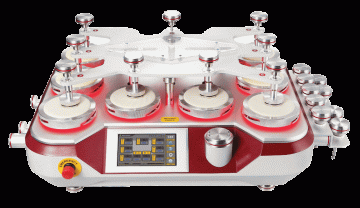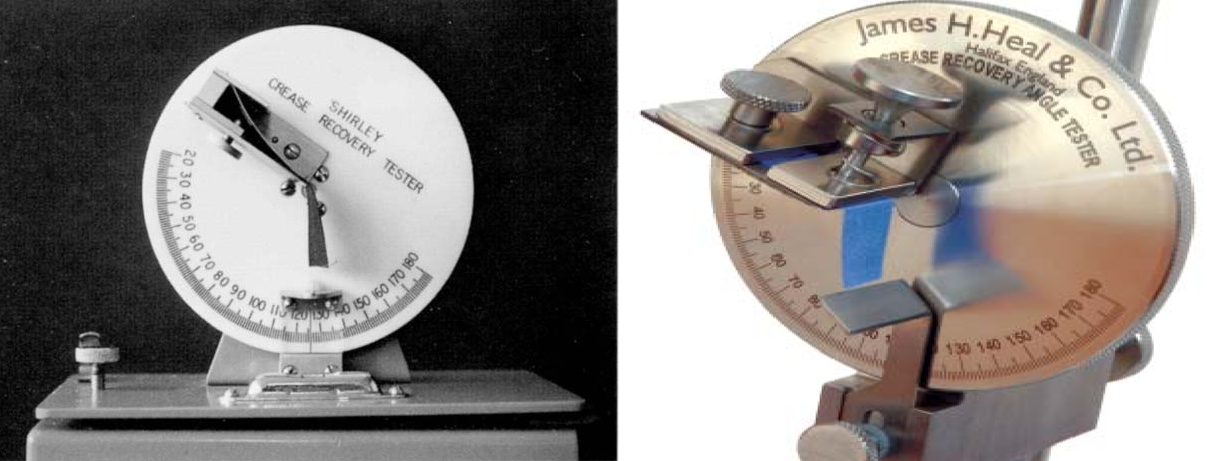The true representative of the bulk or population is termed as a sample and the process of selecting a sample is called the sampling process. Sampling for textile testing can be in-
- Fibre stage
- Yarn stage
- Fabric stage
- Garment stage
Population: All elements, individuals or units that meet the selection criteria for a group to be studied and from which a representative sample is taken for detailed examination.
Why sampling?
As the textile is produced in huge quantity, it is impossible to test all the final output from a production process. That is why only representative samples of the material are tested. Proper sampling saves time, cost and labour. Besides, Textile testing is destructive in nature, i.e. the materials used for testing go as waste after testing and hence it is not desirable to test all of the material.
Sampling methods depends on the following factors:
- Form of the material
- Amount of material available
- Nature of the test
- Type of testing instrument
- Information required
- Degree of accuracy required
Types of sample:
Random sample: Every individual in the population has an equal chance of being selected as a sample. It is free from bias, therefore it is a true representative of the population.
Numerical sample: In numerical sampling, the population to be sampled is defined by the number of items.
Biased sample: When the selection of an individual is influenced by factors other than chance, a sample ceases to be truly representative of the bulk and leads to bias in results.
Causes of bias in sampling:
- Bias due to physical characteristics: Longer fibres have a greater chance of being selected.
- Position relative to the person: Lab assistant may pick bobbins from the top layer of a case of yarn (just to make his job easier or maybe because of his ignorance), but the bobbin chosen may be different for the executives i.e. sample may be biased due to the pickers’ position.
- Subconscious bias: Person selecting cones will pick the best-looking ones that are free from defects. This affects the test results.
Reference: A Practical Guide to Textile Testing by K. Amutha (Woodhead Publishing)
Texpedi.com
Check out these related articles:








